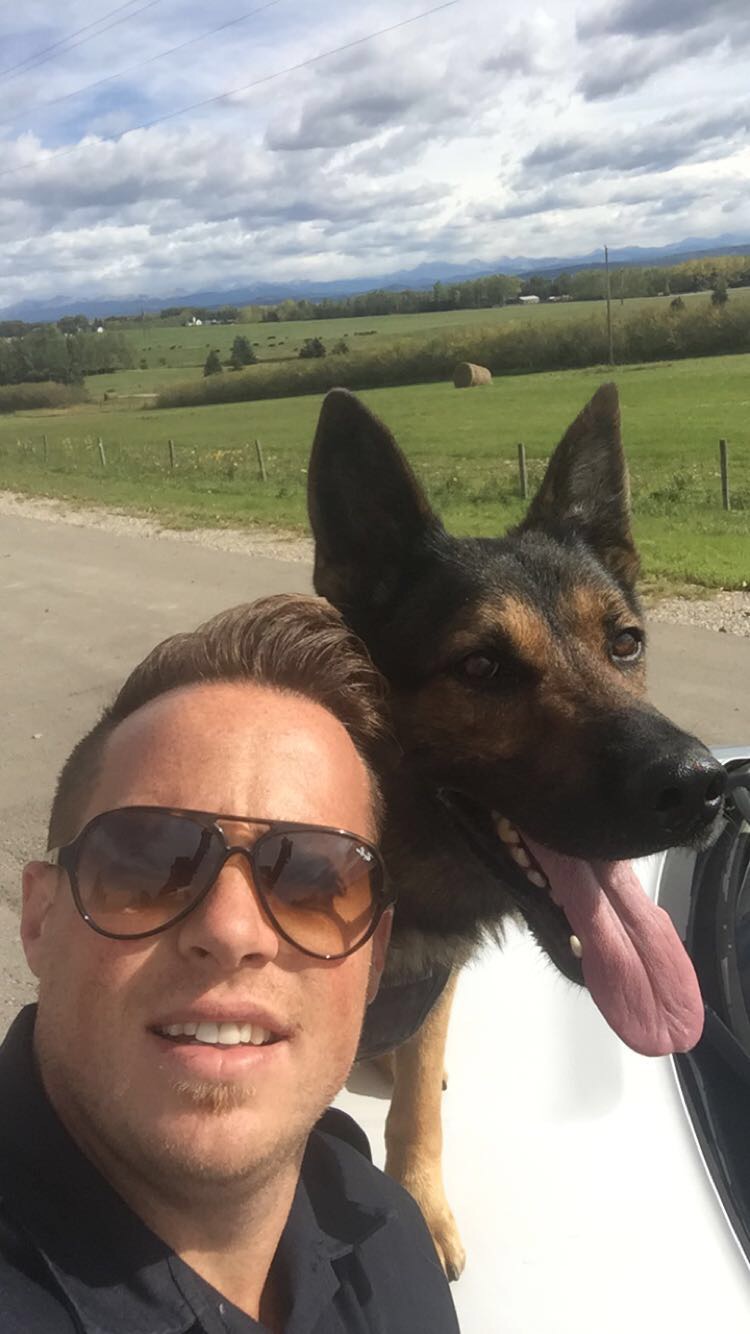Mastering the Basics: The 7 Most Essential Dog Commands
- Derrick Fox
- Feb 27, 2024
- 2 min read

Training your dog is not just about teaching them tricks; it's about fostering a safe, respectful, and enjoyable relationship between you and your furry companion. Among the plethora of commands out there, seven stand out as the cornerstone of any successful dog training regimen.
These commands aren't just about obedience; they're about creating a language that both you and your dog understand, making life together smoother and safer. Let's dive into these essential commands and explore why they're so crucial.
1. Stop / Recall
This command is vital for preventing your dog from engaging in dangerous behaviors or situations. Whether it's running into traffic or picking up something harmful, "stop" can literally be a lifesaver.
2. Here/Come
The "here" or "come" command is about control and safety. It ensures that your dog returns to you regardless of distractions, making it essential for off-leash situations or when navigating crowded or potentially hazardous environments.
3. Down
"Down" is more than just a trick for calm behavior; it's a position that can help manage anxiety or excitement in your dog. It's a submissive posture that can be incredibly useful in situations where you need to calm your dog quickly.
4. Sit
"Sit" is often the first command dogs learn and for good reason. It's a fundamental behavior that can help manage impulsive actions. A dog that sits on command is easier to manage and less likely to jump on people or dash through doors.
5. Heel
The "heel" command teaches your dog to walk beside you, not pulling on the leash or lagging behind. It's crucial for enjoyable, stress-free walks, ensuring your dog doesn't dart towards other animals, people, or into the street.
6. Stay
"Stay" is about patience and impulse control. It teaches your dog to remain in a specific spot until released, which can be invaluable in many situations, from preventing door dashing to maintaining control in public spaces.
7. Leave It
This command helps prevent your dog from picking up or eating things that could be harmful. It's about teaching your dog to ignore or move away from distractions or temptations, which is crucial for their safety.
Why These Commands Are Important
These seven commands form the bedrock of basic dog obedience for several reasons:
- Safety: They keep your dog safe in potentially dangerous situations.
- Control: They help you maintain control in various environments, ensuring your dog behaves appropriately.
- Bonding: Training sessions using these commands strengthen the bond between you and your dog, enhancing mutual respect and understanding.
- Socialization: A well-trained dog is more sociable and less likely to exhibit unwanted behaviors around other dogs and people.
Mastering these commands with your dog opens up a world of possibilities for a harmonious life together. It's not just about the commands themselves but about the consistent, loving communication they represent.





Comments